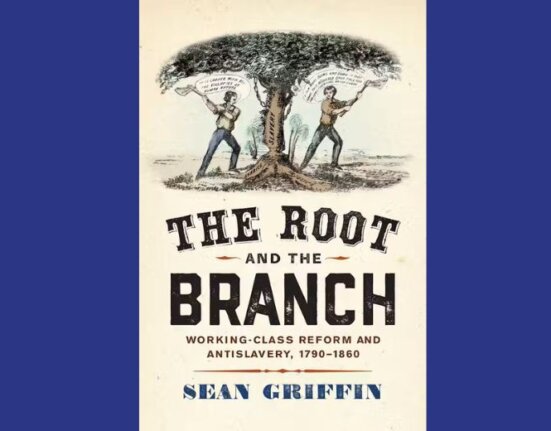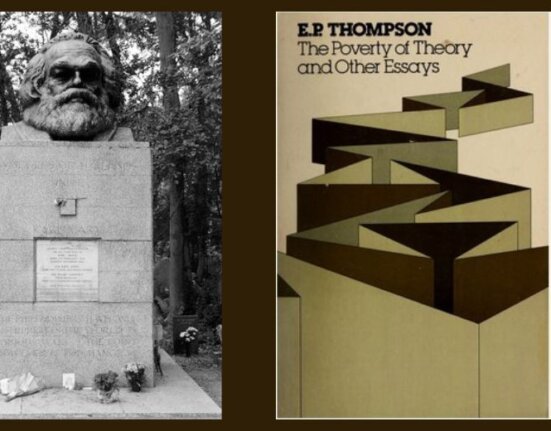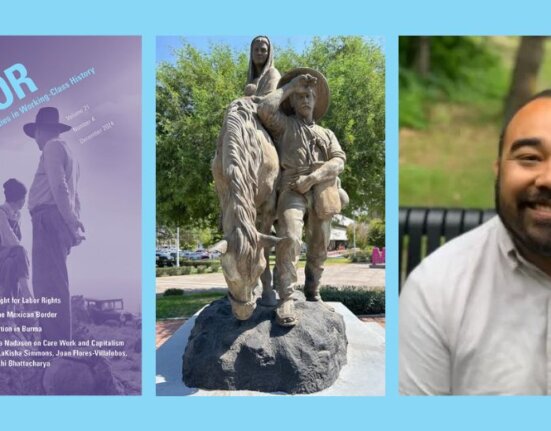Bittersweet Harvest, a moving new bilingual exhibition organized by the Smithsonian’s National Museum of American History (NMAH) and circulated by SITES, examines the experiences of bracero workers and their families, providing rich insight into Mexican American history and historical background to today’s debates on guest worker programs. Consisting of 15 freestanding, illustrated banners, the exhibition combines recent scholarship, powerful photographs from the Smithsonian’s collection, and audio excerpts from oral histories contributed by former contract workers.

- Exhibit Specifications
- Tour Itinerary
- Exhibition Images
- Exhibition Prospectus
- Bracero Oral Histories
From the Smithsonian Institution website for Bittersweet Harvest. Begun in 1942 as a temporary war measure to address labor needs in agriculture and the railroads, the bracero program eventually become the largest guest worker program in U.S. history. Small farmers, large growers, and farm associations in California, Arizona, New Mexico, Texas, Arkansas, and 23 other states hired Mexican braceros to provide manpower during peak harvest and cultivation times. By the time the program was canceled in 1964, an estimated 4.6 million contracts had been awarded.
The bracero program was controversial in its time. Mexican nationals, eager for cash work, were willing to take harsh jobs at wages scorned by most Americans. Farm workers already living in the U.S. worried that braceros would compete for jobs and drive down wages. “The braceros experienced exploitation but also opportunity,” says NMAH curator Peter Liebhold. “The work was grueling, the time spent away from home difficult, but the opportunity to earn money was real. The program was truly bittersweet.”
Exhibitors are encouraged to supplement Bittersweet Harvest with local materials and to generate productive community dialogue about a topic that still resonates today. The exhibition opens at the newly renovated NMAH in October 2009 before beginning its national tour.
For more information as it develops see the Smithsonian Institute’s website for Bittersweet Harvest.





